Engine Company Drills for the Chauffeur/Driver – Part 2
There is a considerable amount of responsibility that goes along with driving an engine and the driver/operator/chauffeur/engineer must be a well oiled machine. They must be able to react to any issue placed before them, independently and with speed; all in a safe manner.
A good way to ensure a well-rounded driver is to drill and train on the tasks and issues facing this important seat on the apparatus. Today we pick up where we left off and discuss several more drills to keep sharp behind the wheel and on the pump panel.
First Due Drill
The chauffeur needs to know his first due area. It is not something that develops in a day or even a week. If he is from the area he should already have a pretty good knowledge of the area he will be wheeling in. If he is not from the area we will cut him some slack…for now. If that is the case the officer can help guide him until he starts to become familiar.
Although a quick look at the map before the rig leaves the firehouse is what should really happen and he should have a pretty good idea of how to get to the alarm without any guidance.
For a drill, start at the firehouse and give the chauffeur an address. If he is good he will get you there without a problem, if he is really good he knows the fastest way to get there. When you get to that address announce we have a second alarm at another address.
Now things are really different. How is it handled? Of course we should always be monitoring driving habits, we must arrive at every alarm safely. If there is any driving habits that need to be fixed now is the time to do it.
Quick Water Drill
One of the hallmark qualities of a good chauffeur is someone who can get water quickly and maintain it.
I am sure we have all had the chance to see a chauffeur get out of the truck with eyes the size of dinner plates pulling every lever on the pump panel trying to get water. There is no reason to panic just because we have orange stuff in front of us.
Pull the rig into a parking lot or training facility and have the crew stretch a pre-connect. By the time that line is flaked out that chauffeur should be sitting there waiting for the order to start water.
If not start it over again. Repeat this process with another line off the bed. Make it interesting, pull five lengths of hose and connect to a discharge. Tell the chauffeur how much hose he has out and what discharge it is connected to. Again, by the time that line is flaked out water should be ready to go.
Once that is down, pull up to a hydrant. Have the crew stretch a line and have the driver start water and tell the crew to open the nozzle. Now he has to connect the hydrant by themselves, fill the tank and switch to hydrant water all without missing a beat.
Another variation is the blitz attack drill. Have the driver spot a hydrant somewhere and lay in (leave a man at the hydrant and one or two lengths is supply line is fine). Have the crew stretch a line. While the crew is stretching the line he opens up the deck gun and has to make his supply line connection and call for hydrant water before the tank runs out. This way he is ready to go when the fire is darkened down and the crew is ready to make entry.
These may seem basic skills the driver should have a grasp on prior to being cleared; BUT the basic skills are what catches everyone when it counts. Next time we will continue with a last few drill concepts.
Part 2 of 3
Part 1 Link: https://firefightertoolbox.com/engine-company-drills-chauffeurdriver/


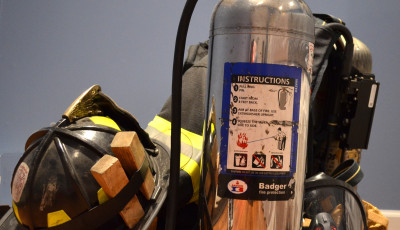
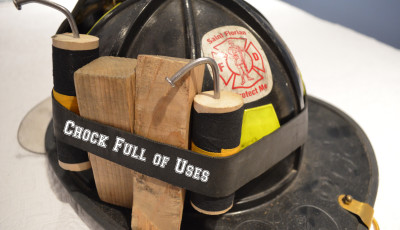
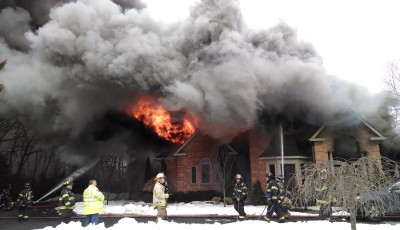
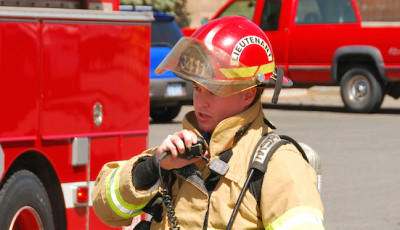
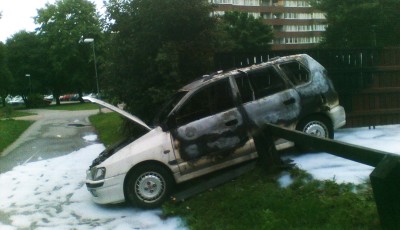





Another twist is to have the officer instruct the engineer/operator the 1st arriving apparatus has arrived on the scene facing north or west. You get the idea.
Thanks for the comment Jim. Thats a great idea, that should get them thinking!
I found knowing how your 911 numbering system works & helps in making calls. There is not a national 911 number system. We serve parts of three counties. One county using a system where by an address of 3756 is 3.756 miles from the start of the road. Our home county uses 600 numbers per mile in the rule areas and changes by the block in town.Intersections have a address number. You can divide the house number by 600 and get a close mileage from the start of the road. I found it is good to know and use this info.
George, great information thank you for reading and taking the time to comment. Is this common practice in your state?